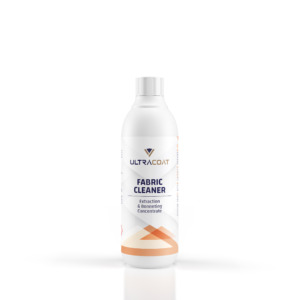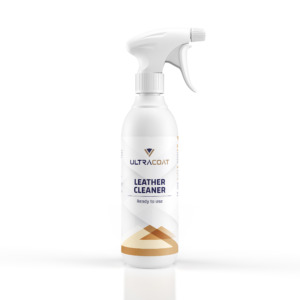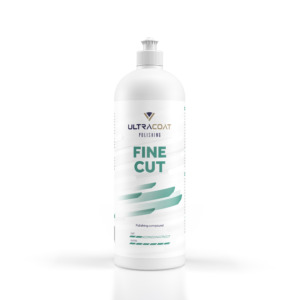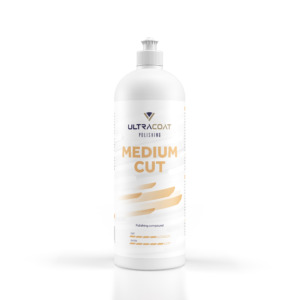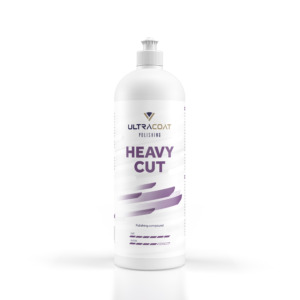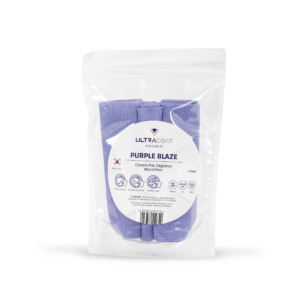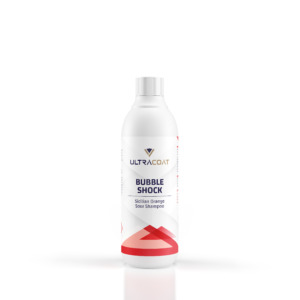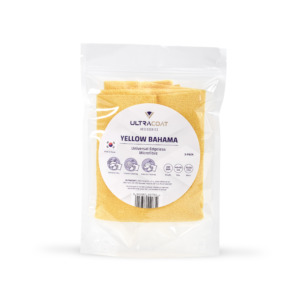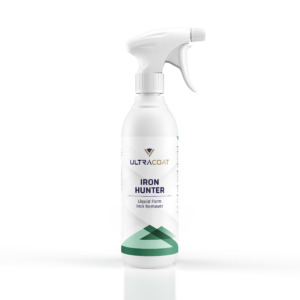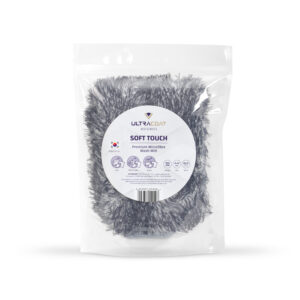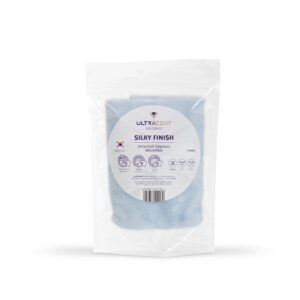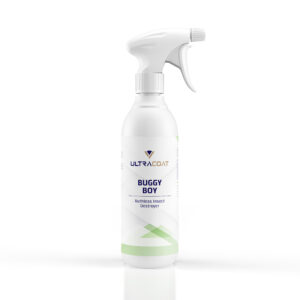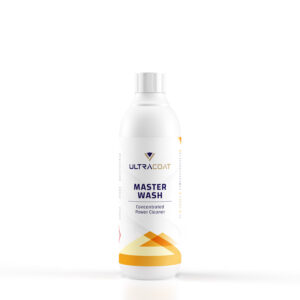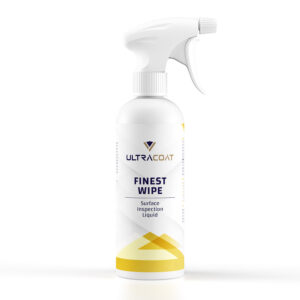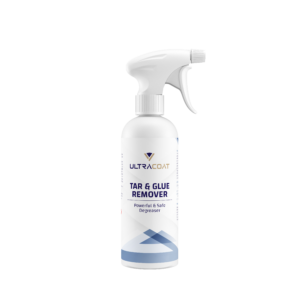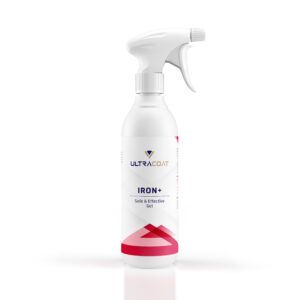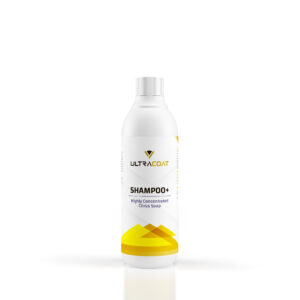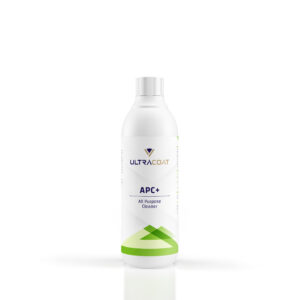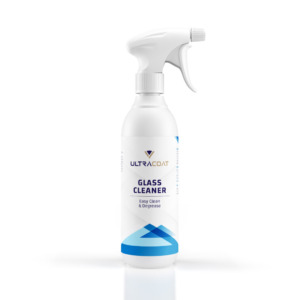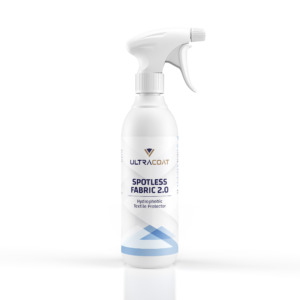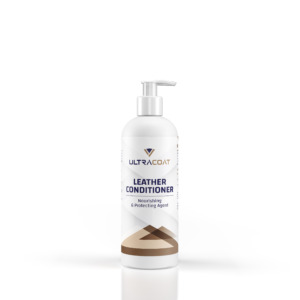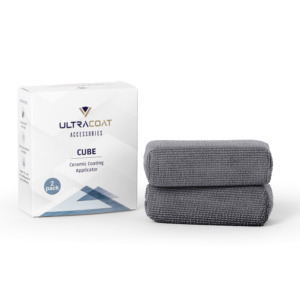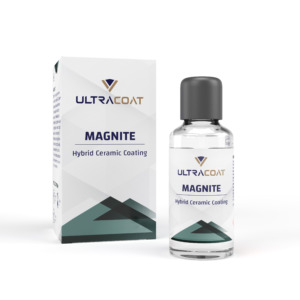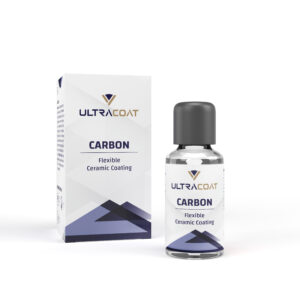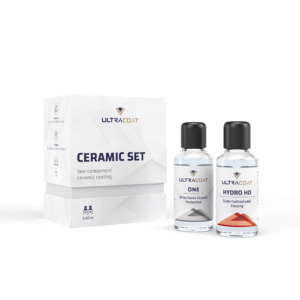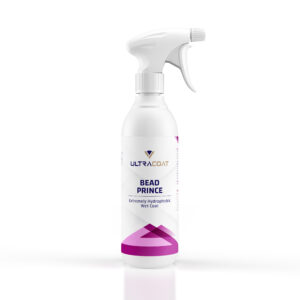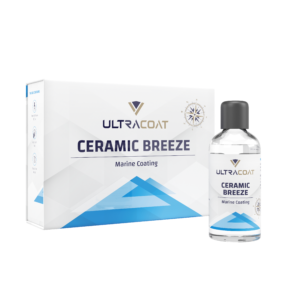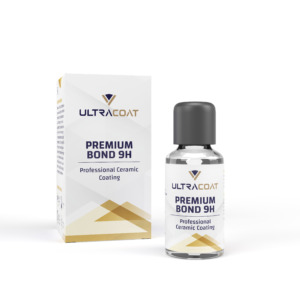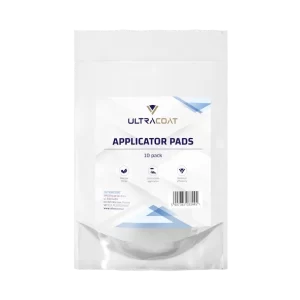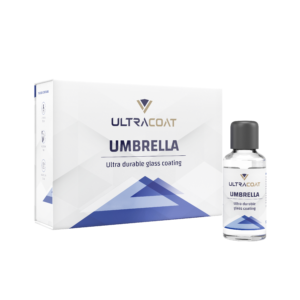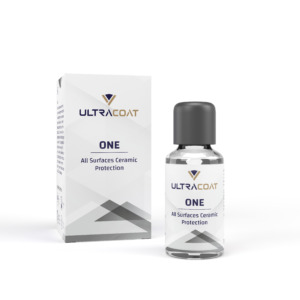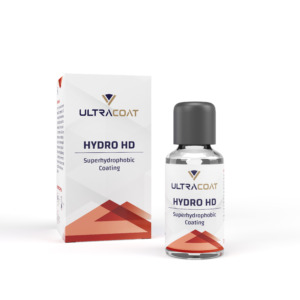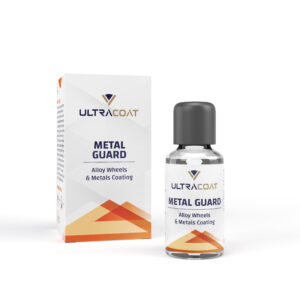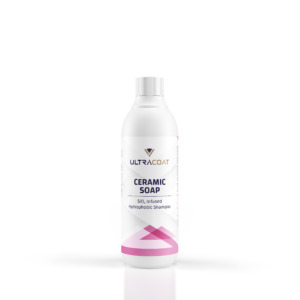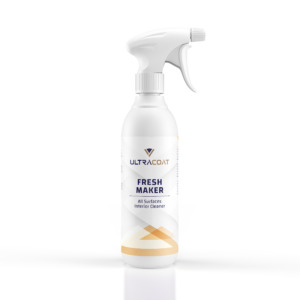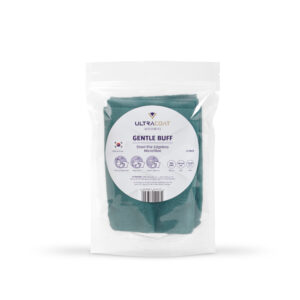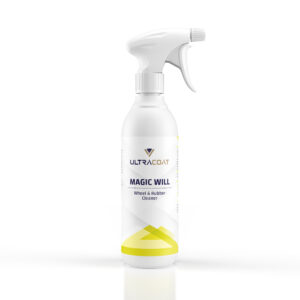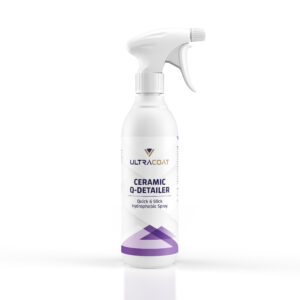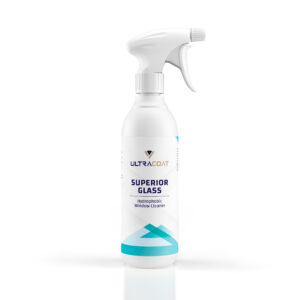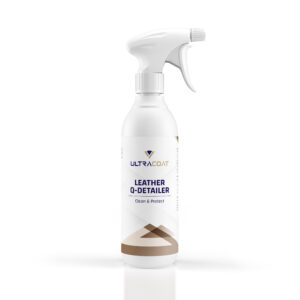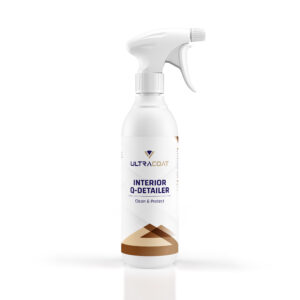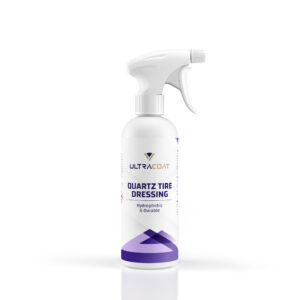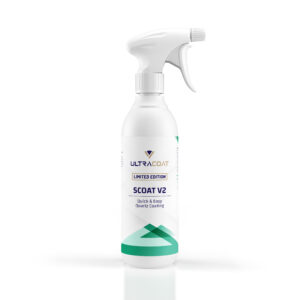What is a ceramic coating?
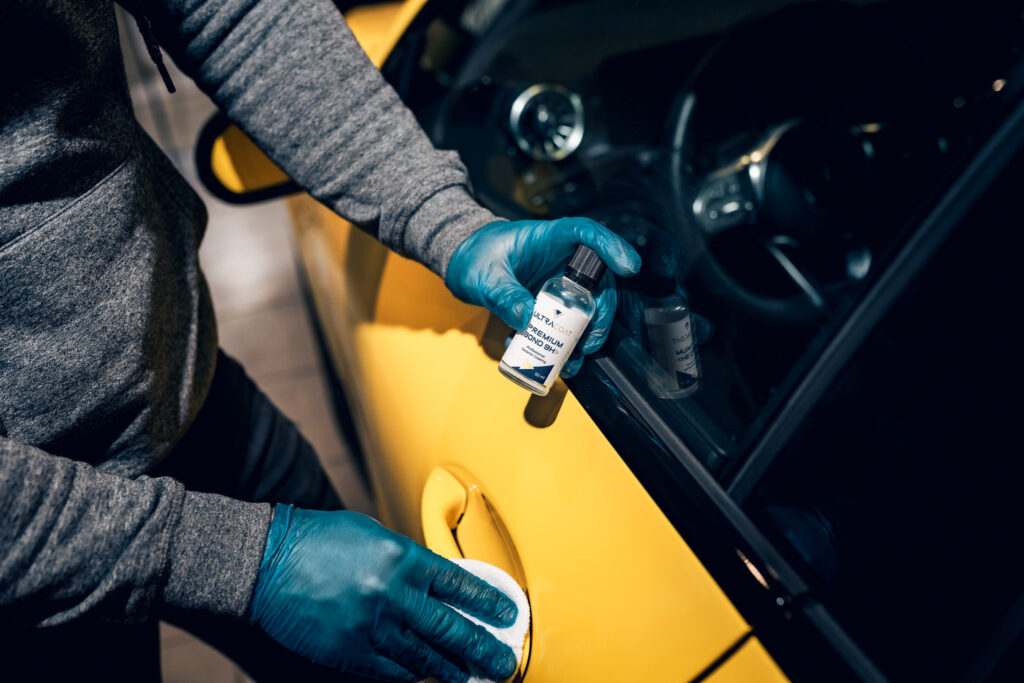
In recent years, ceramic coatings gained a lot of popularity in the automotive community. Boat and other vehicle owners are also becoming more and more interested in them. However, it is still unclear for many people what ceramic coatings are and what’s their purpose. In this article, we will explain:
- what are ceramic coatings, and what are they made of?
- for what purpose are they applied?
The composition of ceramic coatings
One of the essential raw materials that ceramic coatings are based on is quartz. For this reason, they’re often called “quartz coatings,” but both terms refer to the same treatment. The specific chemical which ceramic coating manufacturers require is silica (SiO₂). It is used as a key component of polymer resins, the fundamental substance for creating coatings. In addition, the composition includes paint-safe substances with dissolving properties and other additives. Of course, the exact composition differs depending on the product and is kept strictly secret.
The final form of the ceramic coating is a liquid that is sold in small bottles that are usually intended for one or two applications, depending on the size of the vehicle. What are the approximate amounts required for a specific size of the car?
- Small car / coupe – 10-12 ml
- Sedan / station wagon – 14-16 ml
- Larger SUV / Minivan – 17-20 ml
For example, a bottle of ceramic coating Ultracoat One with a capacity of 30 ml is enough for a complete application of the coating on two medium-sized cars.
Notably, the types of coatings differ in durability. For example, the durability of Ultracoat solutions is:
- Ultracoat One – up to 40,000 km
- Ultracoat Premium Bond 9H – up to 100,000 km
It is also worth noting that there are different types of coatings depending on the application and type of surface for which they are adapted. However, there are also universal coatings, such as the above-mentioned Ultracoat One. A perfect example is the specialized coating Metal Guard for metals and other surfaces exposed to high temperatures or Ceramic Breeze for boats or jet skis.
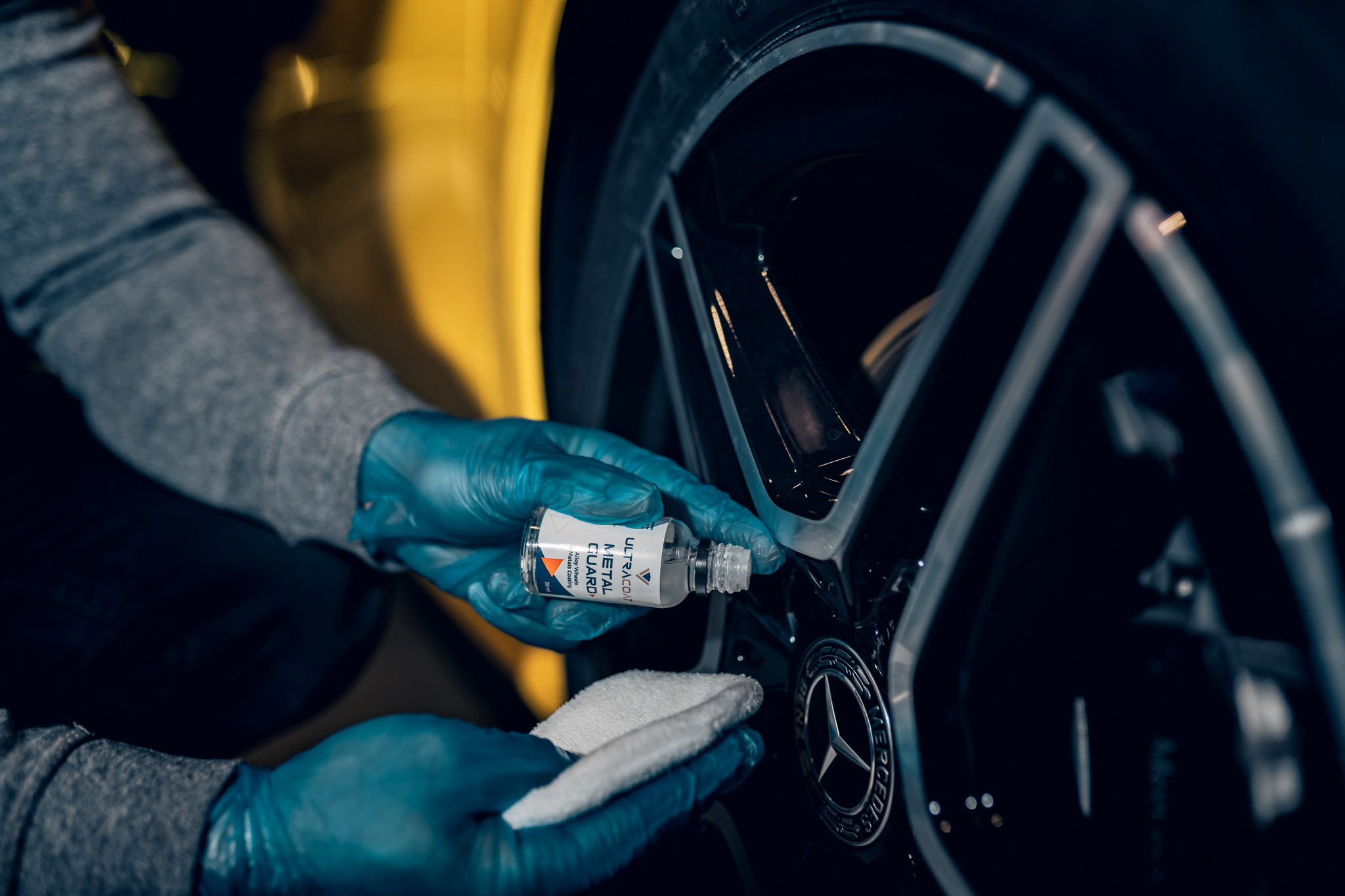
What is the role of the ceramic coating?
Applying the coating on the car body is one of the most common services in detailing studios (you can read about other services here). This procedure is recommended for new cars as well as classic ones. It has three main functions:
- Protection of the original paintwork.
Any paintwork is prone to damage and degeneration, even if a vehicle is rarely used and its role is mainly decorative. On a daily basis, a car body can be damaged by atmospheric factors, but also incomplete washing and drying. Ceramic coating is a layer that shields the surface of the car. The properties of the coatings protect against:
- UV rays / Oxidation,
- Bird droppings,
- Road salt,
- Corrosion.
Thanks to those properties, owners can keep the original paint in the best condition for years and preserve the car’s high value. It’s especially significant in the case of classic cars. However, you should remember that the ceramic coating is not an indestructible armor and has its limitations.
You can read more about the protective effects in the article “What do ceramic coatings protect against?“.
- Making the paintwork look amazing.
Protection of the bodywork is the essential value of ceramic coatings, but it is the visual effect that makes a real impression. Ceramics significantly enhance the natural shine of the car body and help to maintain the gloss for a long time. Additionally, the coating emphasizes and gives exceptional depth to the natural color of the paintwork, making the car look even better.
- Resistant to dirt and easier maintenance (less frequent too).
Ceramic coatings significantly reduce the adhesion of the car body, which makes it catch less dirt. Therefore, it doesn’t have to be cleaned as often. This is due to the water-repellent properties of the coatings that help drip off any liquid from the surface. The “self-cleaning” effect is achieved thanks to the fact that dust particles float with the water on the surface of the car body instead of sticking to it.

Is it worth applying a ceramic coating to the vehicle?
Given the aforementioned characteristics of the coatings, the answer to this question is almost always “yes”. The exceptions are, of course, cars with significantly damaged paintwork and those whose value slightly exceeds the price of applying ceramics. For everyone else, we have an affirmative answer, and it ties in with a final coating purpose that passed during the article, but it is worth highlighting. Besides the visual effect, practicality, and, of course, protection, the coatings keep the car in good condition and maintain its value. Anyone who has ever tried to sell a car full of scratches and blemishes after bird droppings know that the body is of great importance.
Are you interested in our products? Write to us!
